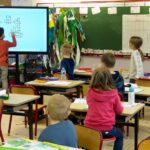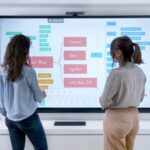The interactive flat panel display, which is replacing the first generation of interactive tools (IWBs and VPI projectors) in classrooms, often comes with a small educational accessory: the document camera. This simple tabletop camera, even in its most basic form, can play a role in improving students’ daily experience and can be of great service in situations involving a variety of issues such as school bag weight, inclusivity, or disability.
Let’s look at five common classroom situations where the document camera can enhance both teaching quality and students’ everyday school life.
1. Reducing School Bag Weight and Easing the Stress of Forgotten Textbooks
The weight of school bags is a recurring concern: expecting growing children to carry several kilos of books and notebooks on their backs raises obvious health issues—especially when the bag’s weight far exceeds the recommendations based on the child’s size and weight.
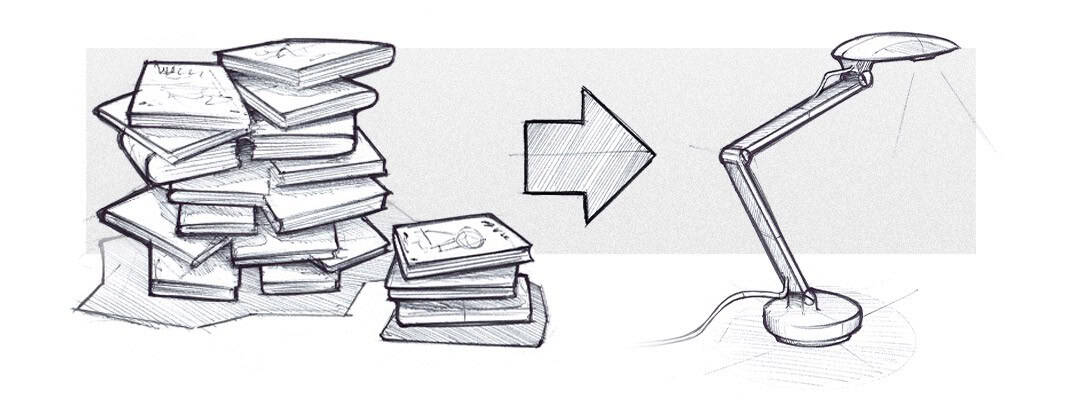
Some schools have tackled the issue by equipping every classroom with a document camera, allowing students to leave their textbooks at home. The teacher’s copy becomes the only necessary book, used to project the pages onto the interactive display.
Learning to prepare one’s bag for the next day is a skill that some students take time to master when they enter middle school. Depending on the teacher’s tolerance, forgotten textbooks—by one or more students—can quickly become a source of frustration and disrupt the classroom atmosphere. In such cases, the document camera becomes a valuable ally, ensuring that a forgotten book doesn’t create unnecessary tension between students and teachers.
2. Refreshing Students’ Memory
Students sometimes struggle to see the logical progression of their learning and can feel lost. To help them “catch up,” teachers can use the document camera to display photos and videos taken during previous lessons on the interactive screen, reviving class memory and making connections between lessons more evident.
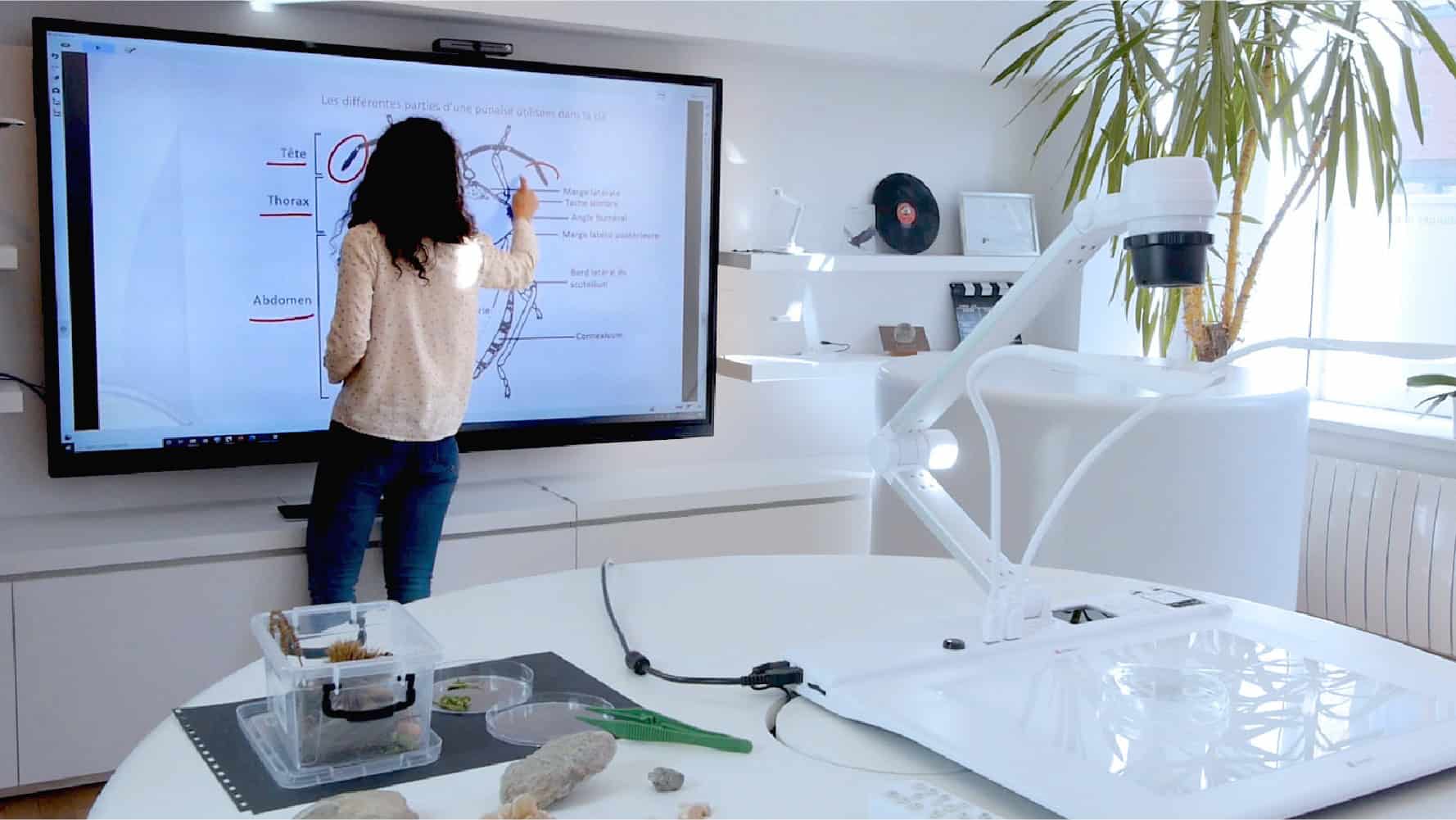
As an introduction to a new lesson, for instance, the class might rewatch an experiment carried out the day before (or several days earlier), recorded using the document camera. Alternatively, they could review snapshots of exercises or textbook pages captured during previous lessons.
3. Engaging Students by Sharing Their Work
The document camera offers every student a chance to present their work to the class. By simply placing their notebook or worksheet under the camera lens, their work is projected onto the interactive display, allowing them to explain their approach.
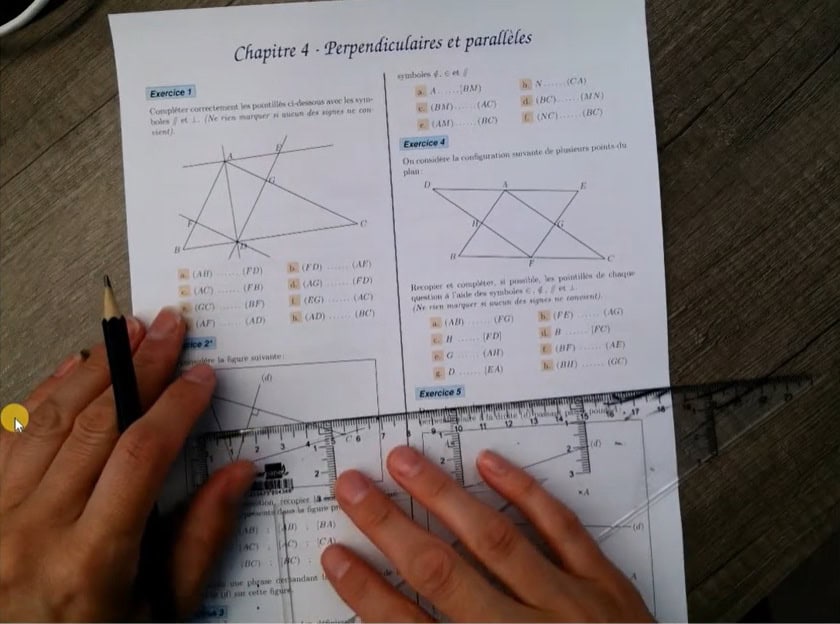
While this kind of exercise may feel intimidating to many students, sharing their work can motivate them to make a real effort in completing the task successfully. It also fosters a classroom culture based on sharing and mutual support—where mistakes are no longer something to be feared but instead recognized as essential steps in the learning process.
4. Helping Students with Spatial Orientation Difficulties
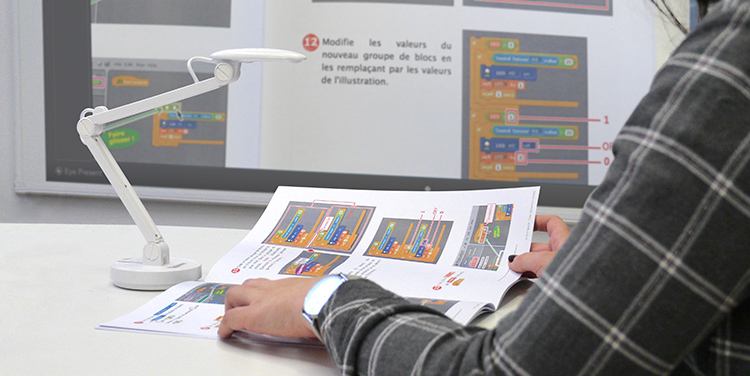
There are always a few students who find it challenging to navigate a textbook or a book—who struggle to understand the page structure and can’t easily find the section the teacher is referencing. To avoid blank stares and lost looks, there’s nothing more effective than projecting the exact textbook page on the interactive screen.
5. Adapting Content for Visually Impaired Students
At its modest scale, the document camera can be a tool for equity—especially for students with visual impairments who need enlarged content for comfortable reading. Teachers can easily display any non-digital material in a larger format on the interactive screen.
In Summary
With the document camera, teachers have a pedagogical tool that provides solutions to many challenges their students may face throughout their schooling. This article covered:
- Lighter school bags: students can leave their textbooks at home.
- Improved learning continuity, more accessible at a glance thanks to videos and photos that create a visual memory of the class.
- Greater student engagement through sharing and explaining their work to classmates and the teacher.
- Better visual guidance to help students stay focused and follow along.
- Adapted content for visually impaired students, which can also benefit all learners, especially those with attention disorders.
Our other articles on document cameras

